While you go on to make a film, you cannot just keep the camera in a still position all the time and take everything in front. Understanding the frame of every scene and keeping your camera as such is important. Here comes the significance of understanding the camera shots.
So, what are the different camera shots?
For a wider view of the frame, you’d need a wide-angle shot. To take shots from the top, aerial shots can be useful. Moreover, there are shots you need to take from below and zoom in as the intensity and significance level go up in your film.
Understanding such shots is important. Otherwise, how are you going to make good content? Know them well in this article, everything awaits below.
Different Camera Shots: At A Glance
| – Extreme Wide Shot (EWS) directs every element’s inclusion in a frame. – Wide Shot relates the character or object with its surrounding frame. – Medium Shot (MS) glorified the action and costumes of the character through the shot. – Medium Close-Up (MCU) captures the actor’s performance and role in the frame with its significance. – Close-Up (CU) Shots generate the emotion, expression, and facial language of a character. – Extreme Close-Up (ECU) Shots focus on a specific place or portion in the frame only. – Over-the-shoulder shot (OSS) comes from behind the shoulder of the first person and portrays its perspective in the frame. | – Point of View Shot (POV) completely focuses on the characters during an intense situation, from the viewer’s point of view. – An angle Shot is taken from below the waist level to up the frame, portraying the specialized significance of a specific character. – A high Angle Shot is taken from it above the eye level showcasing the character as a whole, maybe introducing it to the audience. – Aerial Shot is taken from right above towards the characters and background downwards, capturing everything it can. – Dutch Angle/Tilt Shot signifies something crucial or game-changing happening in the film to the audience. |
What Are the Different Camera Shots?
The most usual and common camera shots are predominantly used in every sort of professional video making. If you’re looking for cool content with the best quality and outcome, you have to acknowledge such merits and shots.
Here we come with 12 different camera shots that are more likely used in every such video production.
1. Extreme Wide Shot (EWS)
From the name, you can guess how it can be, i.e., extremely wide. With such shots, the frame focuses on the subject that is pretty much far in the frame. Surroundings are also well-focused and highlighted in the shot.
One of the most vital characteristics of EWS is to present all the objects and characters in the frame, no matter what.
Yes, characters are important, but more focus and vitality are indulged in bringing up the shot. This focuses on the best viewing of the background, the camera scene, the surroundings, and more importantly a character base.
Looking back to the filmmakers, Quentin Tarantino, one of the best film-makers in the world is a direct and good adaptor of the extreme wide shots. The opening scene of his 2009 film ‘Inglourious Basterds’ is a great example of such.
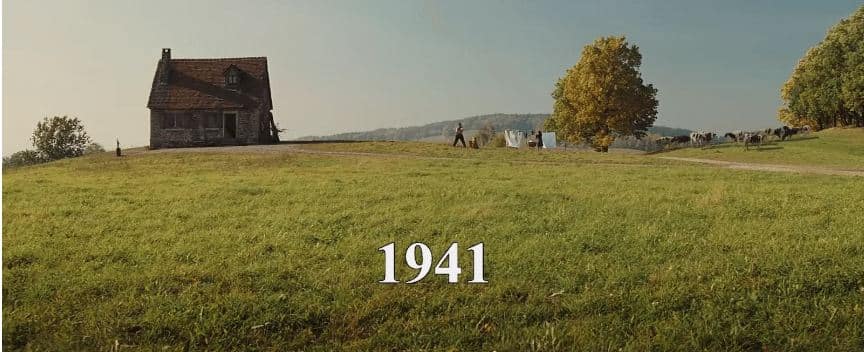
Even Director George Miller’s ‘Mad Max: Fury Road’ visuals throughout the care chase have a good display of the EWS. The way that Chase has been framed is quite amazing. Such framing is enough and good for action shots.
2. Wide Shot (WS)
You’ve known about the extreme wide shots, now we move to a new one here, the wide shots. Wide shots are wide, but not as much as the ‘Extreme Wide Shots’. The EWS focuses on the surroundings more whereas the Wide Shot focuses on the wide-angle view of an object, relative to its surroundings.
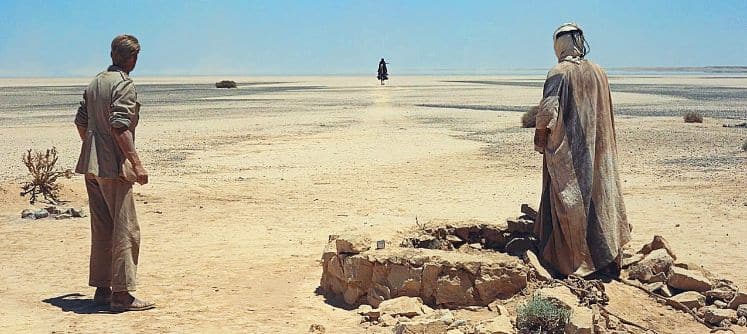
Wide shots aim to provide a good sense and upliftment of the place and space of the scene. From establishing a location to introducing a new scene or character concerning the frame, wide shots are extremely useful. Even for vertical shots, it can come up to a great value up there.
With wide shots, the frame and character get properly set and located here. More likely, a good setting with the character or object with the background frame and contextual view is preferred. Viewing multiple characters and alignment in the frame is a good way of using the wide shot.
3. Medium Shot Shots (MS)
A Medium Shot is also called a waist shot because it is taken from the position around the waist. Sometimes, the shot can go down to the knees, and up to the whole frame with proper requirements. It is very much preferable for full-length views in the video.
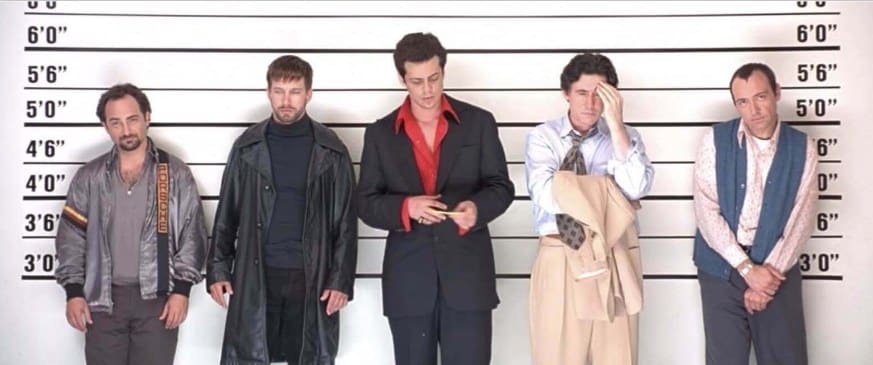
Rather than focusing on the background, the main focus of the medium shot stays on the character and object. The main way to uplift the subject matter of the video with the proper upholding of the main characters is by medium shots. You can already guess how impactful this can be.
With such impact, the shot focuses on the dialogue delivery scene mainly. The interaction among characters, an intense debate among them, concluding, and well fair introduction of such an event are the primary and potential works of the medium shot.
4. Medium Close-Up (MCU)
Medium close-up is more like going into the medium shots. It is taken from above the head to the about midway of the torso. This type of shot is more like focusing on the expression of the character. The background is preferable, but not like that of the expression and emotion of the subject’s close-up.

A neutral narrative approach – is more likely to be the main cake of the shot. Going deeper into the significance of the shot, the actor’s main performance is determined and rated with the shot.
Moreover, the intense situation is filled with expression, emotion, and pace flow of the video. The expression of the character gets highlighted with a proper medium shot. You can blend more intense and proper enlightenment with a good medium close-up shot.
5. Close-Up Shots (CU)
Close-up shots are mostly used for a good close shot during the film shooting and other stuff. Such shots have good freedom to make an impact in the film directly.
You take the close-up shots and can use them in any of the frames in the film. As the background has little to no impact on the framing, you can place and make the room at your own will.

A longer lens with close range is the main procedure for taking close-up shots. And with such detailed takes, you can give the best of the detailing and intimate look, that might not be able to capture while taking other shots.
So here, you can generate strong emotions, signal and direct something important, and rate the actor and character’s close facial expression and acting.
6. Extreme Close-Up Shots (ECU)
The closest of the shots, where the outer background and frame hardly have any impact on the real frame is the extreme close-up shot.
Detail is implemented so extreme and close that there shouldn’t be any issue in cutting or omitting the background. The focus is such, the main targetted object should be getting the best of the highlights.
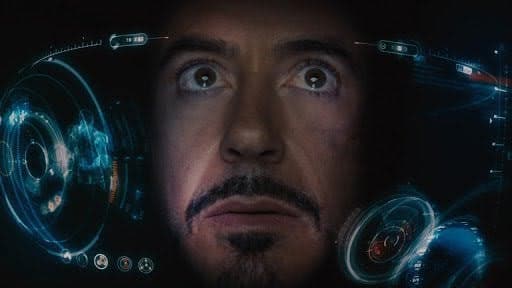
Sometimes, various designs or body parts are highlighted with such shots. Let’s you have to shoot a damaged portion of a soldier’s body in a film. You implement the extreme close-up shot to that portion, highlighting and making an impact on your film.
This brings the shot to make a good sensory moment in the scene, as well as in the film. Apart from that, the tiniest of the communication and highlighting the intense frame of the film is another prominent task and contribution of the shot.
Remember, you won’t be getting the entire subject here, rather you’ll be shown a particular portion, with desired and meaningful impact.
7. Over-the-Shoulder Shot (OSS)
In the ‘Over the Shoulder Shot’, the camera is set behind the back or shoulder of a subject. The shot is directed towards the subject’s point of view. The shoulder of the actor taking the view is always visible in the frame.

This shot also makes a good viewing and perspective of the viewers with that of the first person’s view. But there has to be a connection between the first subject and its viewing subjects and objects. As the viewers watch the screen, they connect the perspective.
Now, this is a top-notch strategy in bringing your audience live into the film. Like, they’ll be making the connection from the subject’s point, won’t it look amazing?
The last scene of ‘Batman – Dark Knight Rise’ makes a great example of such a shot. Christopher Nolan, the legend set the bar of the shot very high.
8. Point of View Shot (POV)
With no shoulder or any barrier, the POV shot is the direct view of the first person’s perspective on the screen. Not important that there has to be a person having that specific view in front, it can be a suspense the others are looking at.
It’s just that, the viewers feel like the characters in a movie are looking at them, but in reality, they’re looking at some mystery or an important plot.

Such shot is taken often with a handheld camera to to make a proper accentuation of the subject perspective.
As all the eyes and views remain on the camera, the characters in the movie can directly make intense contact. As such, the emotion, expression, act, and everything becomes visible.
There is no obligation to bring any specific frame or background here. All you see here are the main characters of a certain scene making an impact.
Such scenes while revealing a mystery or a plot have the highest value and significance in a movie.
9. Low Angle Shot
A shot taken from below the eye-line in a film is the low-angle shot. A total view of a character(s) from a low level, portraying mostly the upper part of the body from the waist and the background above the head.
Such a shot includes an extra power or ability to a hero or a character or makes them the main player of the time being of a certain shot.
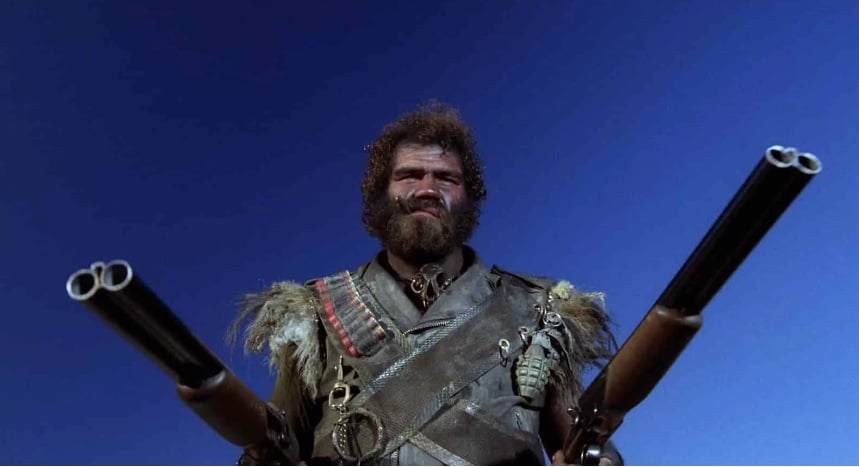
The shot assures an increased perceived height along with a good and decent significance of the character.
Even for an intense introduction of a character or a cameo, such low-angle shots have a huge impact on the audience’s craze creation.
10. High Angle Shot
Opposite to the low angle shot, high angle shot usually comes from the above. The camera is placed at a level higher than the character or the first person. Its placement can range from the eye level to right high up the object.
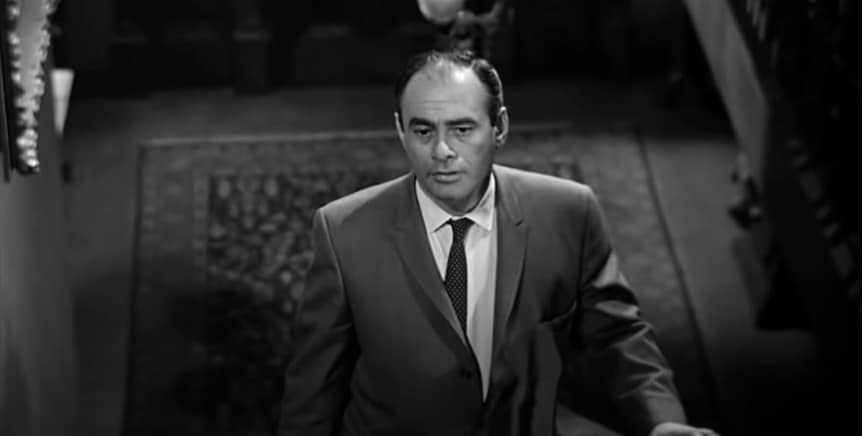
Now, such a camera angle is more directed and used for narrative information. A character delivering their speech and any important information or dialogue in the video is more directed by such a shot.
Moreover, an intense close-up of a character and briefing its significance is also made by such an angle. It can be emotional to intense, a plot in making is also preferable with such a shot.
Moreover, a character’s information and significance in the film is portrayed through such a camera angle. The viewers get introduced to such and then get to know about the characters. The role comes following such a perspective.
11. Aerial Shot
The shot taken from an elevated point above viewing its object and characters lower from the camera is the aerial shot. It portrays and captures whatever is happening down there. As it is taken from a good height above, the whole background and scene of the frame are well captured in the frame.
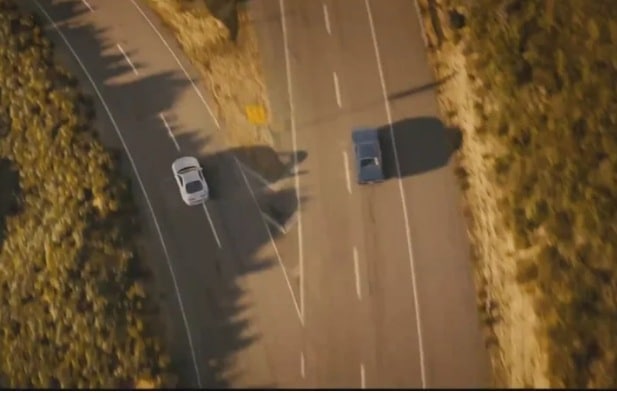
Such shots are more or less taken by drones nowadays. Back then before, the cameraman had to reach heights and manage the camera from there. But with the advancement of technology, such shots are well done by drones nowadays.
The ‘See You Again’ in the famous ‘Fast and the Furious 7’ is a great impactful thing of the aerial shot. Indeed it was amazingly shot, which made the world fall for the scene and its significance there.
12. Dutch Angle/Tilt Shot
The Dutch or tilt angle shot is portrayed to view something wrong or an odd sequence in the frame. More like, when an attack is about to happen or the main character faces something odd or dangerous, such frame becomes active to denote that.
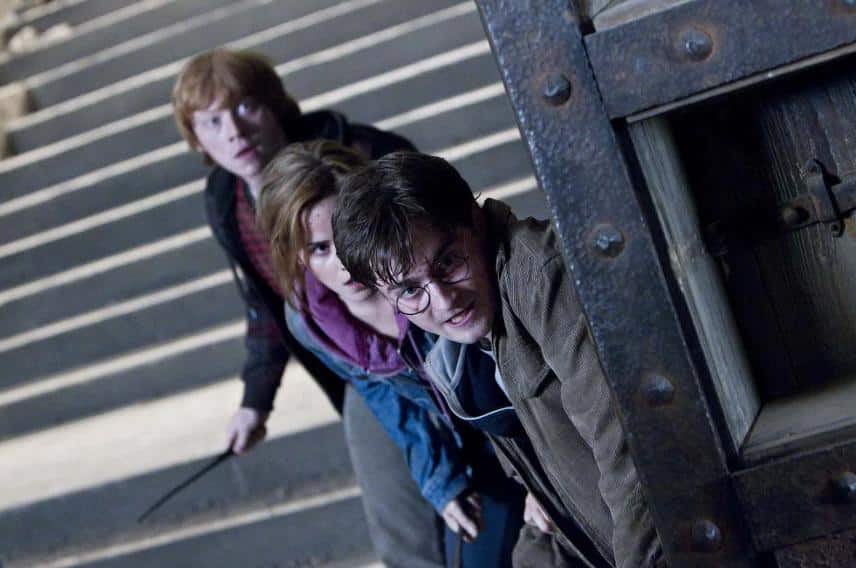
Apart from an intense moment, the camera angle also portrays a good emotional and expression viewing to the audience. As the camera remains a bit tilted, the attention and hook start right from the camera view. And the rest goes on with the performance of the characters there. Hardly any way to skip such scenes because these are the sources of plots and other sequences.
See And Explore In Different Shots!
More or less, we have covered all the camera angle shots you need to focus on while filming. For every purpose, there remain the specific ones with their significance. But who stopped you from experimenting?
You mix and try the angles for different other purposes as well. Tilting your camera for a perfect aerial shot might bring something good to the table. Directors and filmmakers try such experiments all the time. It’s just that you need to know the basics after all. The rest is on you.

Founder at LocalEyes Video Production | Inc. 5000 CEO | Emmy Award Winning Producer



